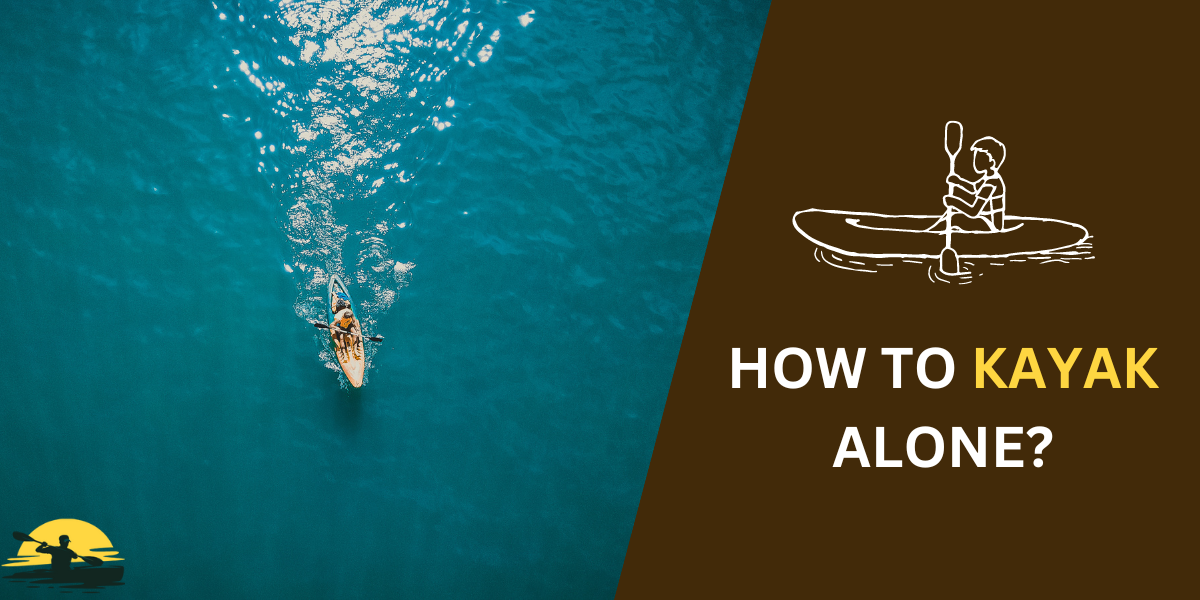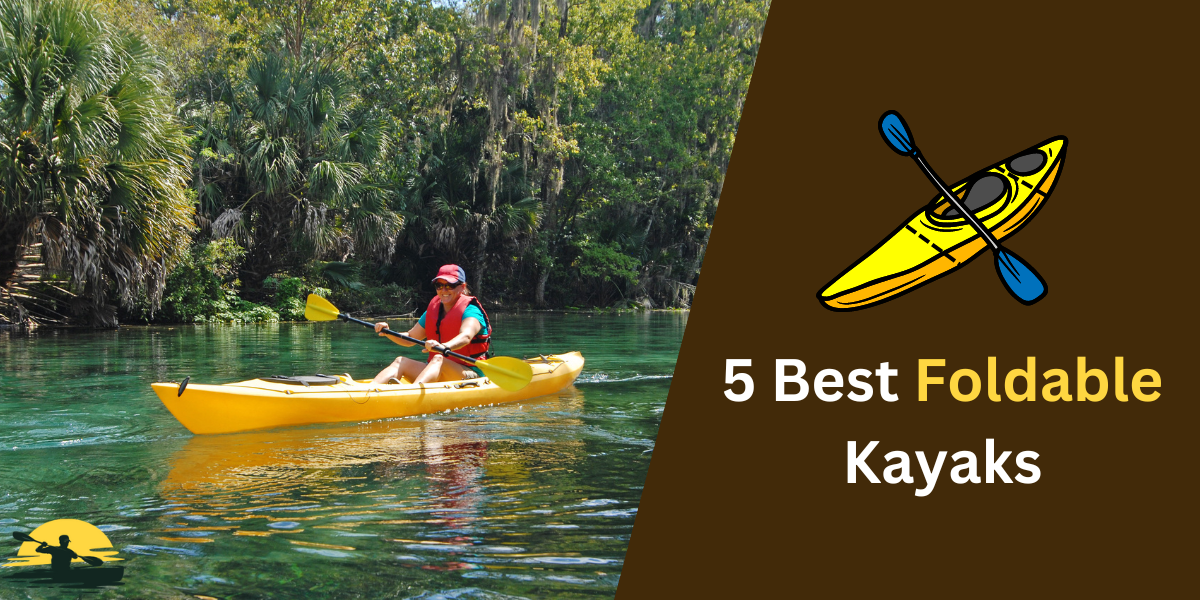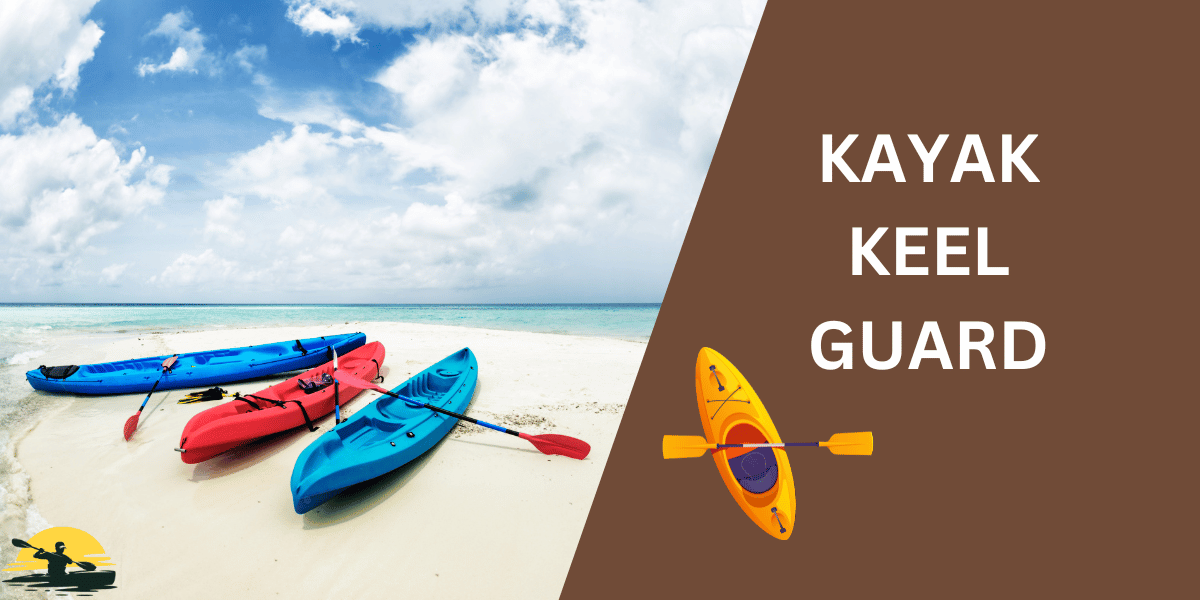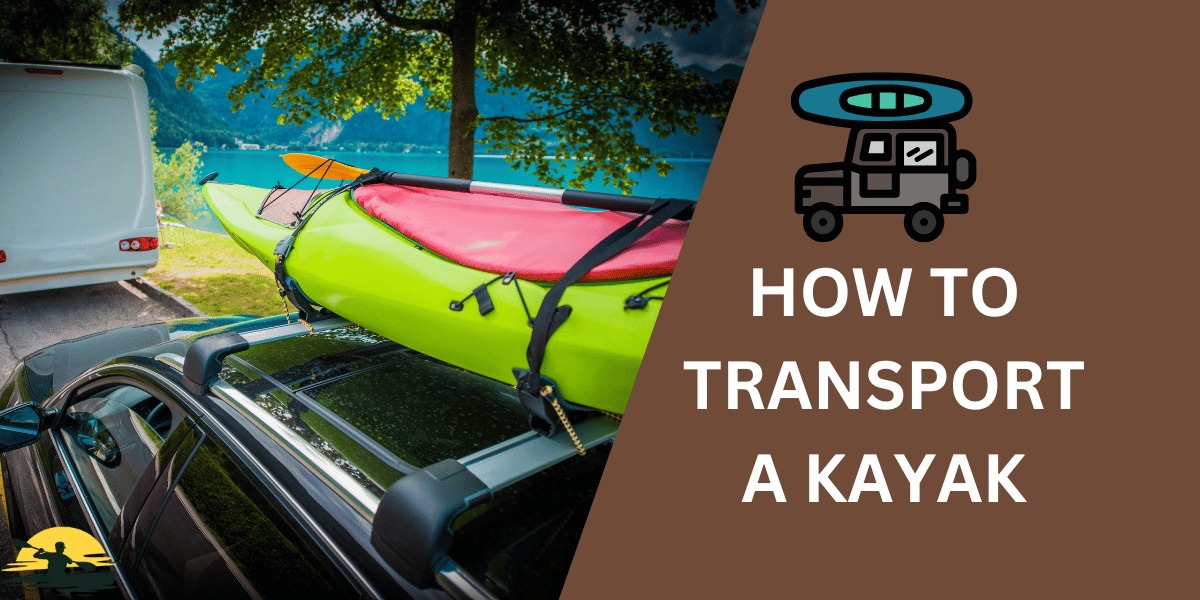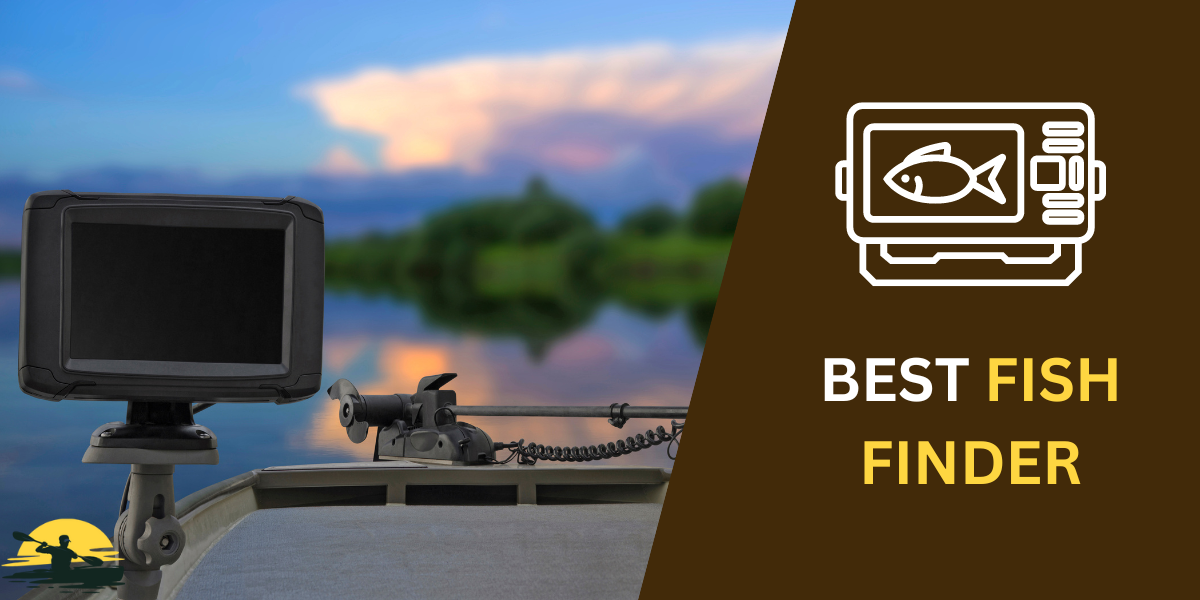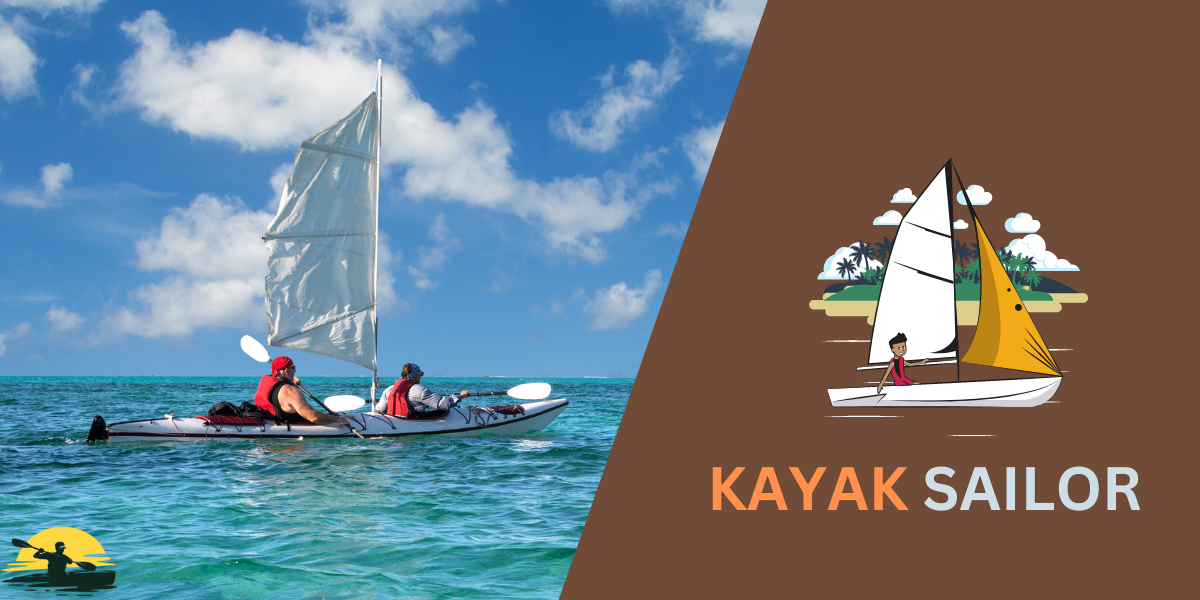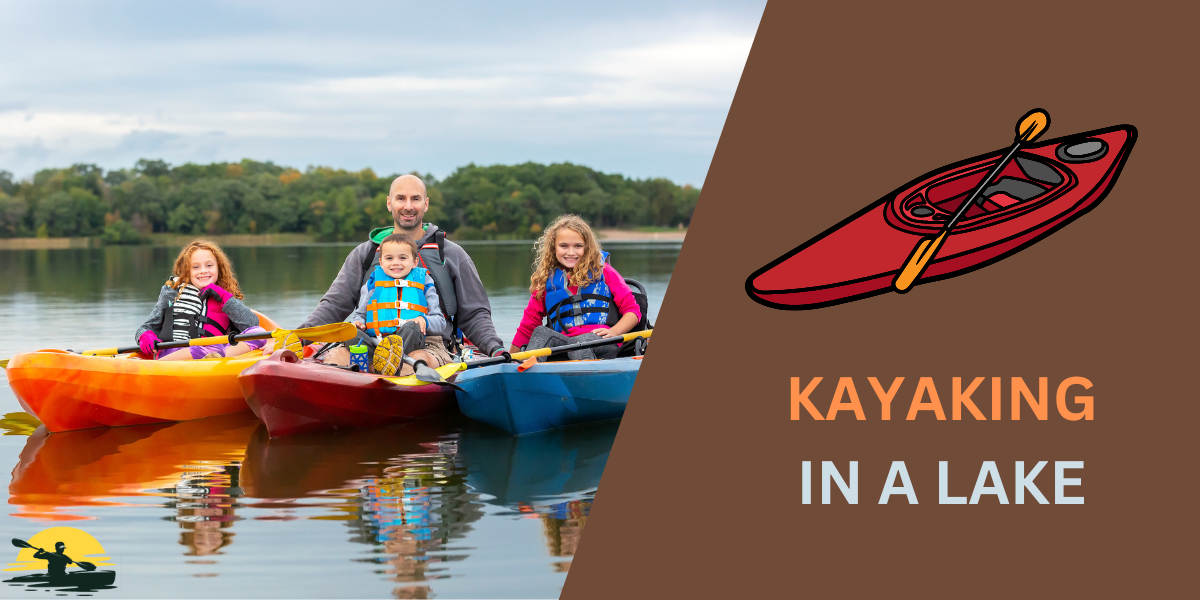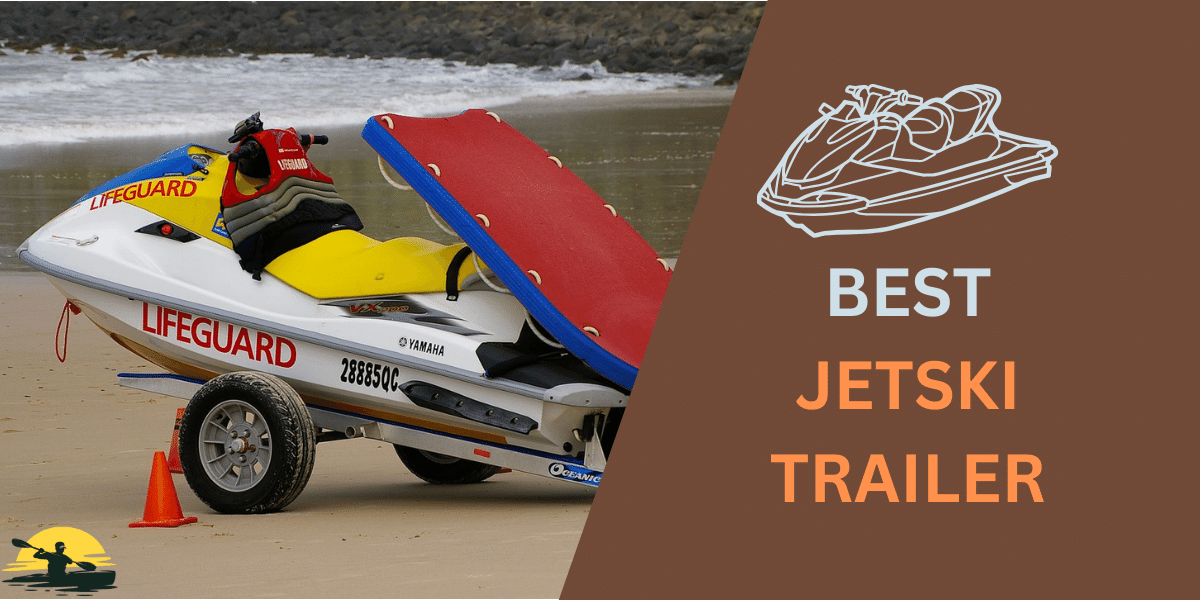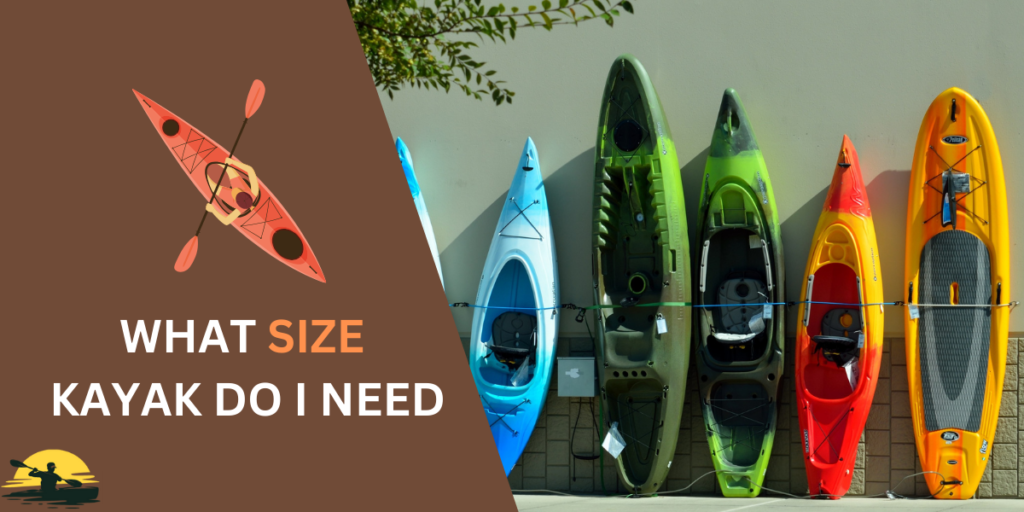
Ever picked up a kayak paddle and wondered, “Is this kayak the right size for me?” Choosing the wrong size means an uncomfortable, maybe even wobbly ride.
Nobody wants to spend their day on the water with cramped legs or sore arms. A bad fit could even ruin your kayaking trip!
The good news? Finding your perfect kayak size is easy! Whether you want a recreational kayak, a touring kayak, a sea kayak, or a sit-on-top kayak, this guide will show you how to get the fit that makes paddling a blast.
Here’s a kayak size chart based on height, along with some important disclaimers. Remember, this is a starting point, and other factors like weight, experience, and paddling style are crucial for a perfect fit.
Kayak Size Chart Based on Height
| Height Range | Recommended Kayak Length (approx.) | Typical Use |
|---|---|---|
| Under 5′ | 8ft – 10ft | Recreational, calm water |
| 5′ to 5’6″ | 10ft – 12ft | Recreational, some touring potential |
| 5’7″ to 6′ | 12ft – 14ft | Touring, recreational, some sea kayaking |
| Over 6′ | 14ft and above | Touring, sea kayaking, longer expeditions |
Key Factors for Choosing Kayak Size
Figuring out “what size kayak do I need?” isn’t as mysterious as it sounds. Here’s the inside scoop on what makes a kayak fit just right:

- Your Height: The #1 Thing Think of it like picking the right size t-shirt. You want your kayak paddle to move freely, and your legs shouldn’t feel squished. Taller people usually need longer kayaks.
- Your Weight: It’s Not Just About the Scale Kayaks have a weight limit for safety. But it’s also about how the weight sits in the boat. Heavier paddlers might need wider kayaks or ones with more “volume” (space to sit inside kayaks).
- Your Skills: Beginner or Pro? New to kayaking? Start with a wider kayak – they’re more stable! As you get better, you might graduate to longer, narrower ones for speed and longer trips.
- Where You’ll Paddle: Lake? Ocean? River?
- Recreational kayaks: Great for calm lakes and day trips
- Touring kayaks: Perfect for long paddles and even overnight trips! Think ocean kayaking or bigger lakes.
- Sea kayaks: Made for serious ocean adventures where waves come into play.
- Whitewater kayaks: These short, tough boats are all about river action!
Let’s Get Specific!
While there are a ton of different kayaks out there, some basics hold true:
- Shorter kayaks (or shorter boats) generally turn easier. They’re great for exploring twisty rivers or playing in waves.
- Longer kayaks tend to track straighter (go where you point them). Ideal for crossing a lake or those long paddling days.
- Wider kayaks are more stable, while narrower ones can feel a bit tippy at first, but are often faster in the long run.
Pro Tip: In a sit-inside kayak, check if your knees fit comfortably with bent legs. Is there some wiggle room for your feet on the foot pegs? You want the seat to feel good too! If it’s a sit-on-top kayak, it’s mostly about legroom and having a comfy seat.

Remember, it’s not just height & weight
Skill, where you paddle, and how much gear you bring all play a part in finding the best kayak for you. Don’t get overwhelmed by all the other factors out there – we’ll cover those later!
Understanding Kayak Dimensions
Ready to break down the confusing kayak measurements? When it comes to choosing the right kayak, it’s not just about how long it is. Here’s the lowdown on the important parts:

- Length: From Tip to Tail This is usually what people mean by “what size kayak”. Think about it like this:
- Shorter kayaks: Easier to turn, great for exploring tight spots, rivers, or if you like playing in waves.
- Longer kayaks: Track straighter (think crossing a lake or those long paddling days), and can sometimes be faster.
- Width (Beam): How Wide is the Boat? Here’s the thing about width:
- Wider kayaks: Feel more stable, especially for beginners.
- Narrower kayaks: Less stable at first, but often faster and easier to paddle over long distances.
- Cockpit: Where You Sit in a ‘Sit-Inside’ Kayak Cockpits matter!
- Bigger cockpits: Easier to get in and out, good for longer legs or if you don’t like feeling closed in.
- Smaller cockpits: Can give you better control of the boat, especially in rougher water like sea kayaking.
- Depth: How Deep is the Hull? This isn’t talked about as much, but deeper kayaks have more space below the deck for gear (think camping or overnight trips) or if you’re really tall. Shorter kayaks might feel too tight!
A Quick Note About Sit-on-Tops
Sit-on-top kayaks are less focused on kayak lengths and more about width and having a comfy seat! Stability is still crucial, especially if you stand up while paddling.

General Rule of Thumb
As you look at kayaks, remember that longer, narrower kayaks are designed for speed and distance (like touring). Shorter, wider kayaks prioritize stability and fun (think recreational). Of course, there are exceptions for those super-skilled whitewater kayakers, but that’s a whole different ballgame!
Remember: Don’t choose a kayak just by looking! You’ll need to measure yourself for the best fit – we’ll cover that in the next section.
Measuring Yourself For the Right Fit
Don’t worry, you don’t need a fancy lab coat for this! Picking the right kayak size is about knowing your measurements and what to do with those numbers. Here’s your simple guide:

- Step 1: Inseam Matters
- Sit on the floor with your back straight against a wall.
- Legs stretched out, measure from the wall to your heels. This is your inseam!
- This helps figure out the legroom you need inside a sit-inside kayak.
- Step 2: Hip Check
- Sit comfortably in a chair.
- Measure across the widest part of your hips.
- This helps make sure the kayak’s cockpit isn’t too tight, especially if you like paddling with bent knees.
Putting Your Measurements to Work
Most kayak shops and manufacturers have sizing charts. Use your inseam and hip width along with your height and weight to get a starting point for the types of kayaks you should check out.

Extra Tips:
- If you’re between sizes on a chart, it’s usually smarter to go slightly bigger. A little extra space is easier to adjust than feeling crammed!
- Think about the gear you usually bring? Heavier loads might need a bigger boat, even if your measurements say otherwise.
- When trying out kayaks, pay attention to your knees! They shouldn’t be squished against the deck, especially if you’re planning longer paddles.
Reminder: This is a starting point, not an exact science! The best way to know for sure is to actually sit in a few kayaks – that’s what we’ll talk about next!
Beyond the Basics: Additional Considerations
Remember how earlier we said choosing a kayak wasn’t just about height and weight? Here are a few more things to keep in mind:

- How Gear Sits in Your Boat (AKA “Trim”) Think of it as balancing a seesaw with blocks. Where you put yourself and your gear makes a difference! If a kayak feels too tippy, you might need to try moving gear (or your body) around for better balance.
- Rocker: The Banana Curve Rocker is how much the kayak curves from end to end, like a slight banana shape.
- More rocker: Makes turning super easy (think whitewater kayaking).
- Less rocker: Helps the kayak track in a straighter line (perfect for long, open water paddles).
- Materials: Plastic? Fiberglass? Most kayaks you’ll see are tough plastic. But there are also lighter materials like fiberglass or carbon fiber. Here’s the gist:
- Plastic: Durable and usually less expensive.
- Fiberglass/Carbon Fiber: Lighter and sometimes stiffer. Great if you want speed or carry your kayak a lot.
Don’t Get Overwhelmed!
As a beginner, these extras might sound confusing. The good news is you don’t need to be an expert! Kayak shops or experienced paddlers can help you understand these once you’re ready to narrow down your choices.
The Bottom Line: The goal is a kayak that feels comfortable and paddles how you want it to, whether it’s zipping around a pond or exploring a coastline.
Trying Before You Buy
Think of choosing a kayak like picking new shoes— you wouldn’t buy them without trying them on, right? Same goes for kayaks! Here’s why test-paddling is super important:
- Feel the Fit: Charts and measurements are great, but everyone’s built differently. Do your knees bang on the deck in a sit-inside kayak? Can you stretch your legs out? Does the seat feel good? A quick test paddle reveals what numbers on a page can’t.
- Check the Controls: Can you comfortably reach the foot pegs? If it’s a sit-inside kayak, does the cockpit feel too tight or too open? Trying it out shows you how easy (or not) the kayak is to steer.
- How DOES it paddle? Does the kayak turn when you want it to? Does it feel stable or tippy? Only a test run will answer these questions.

Where to Find Kayaks to Try
- Kayak Shops: The best option! Staff can help you pick a few kayaks based on your needs and get you out on the water.
- Rental Centers: Great if you’re still exploring types of kayaking. Try a few different boats to see what you like.
- Paddling Events: Kayak expos and demos are awesome! You can often try a bunch of different kayaks back-to-back to compare directly.
Bonus Tip: If you’re testing a few kayaks, try to paddle them in conditions similar to where you normally would (lake, river, etc.).
Choosing a kayak isn’t about getting it perfect on the first try! It’s about exploring until you find what feels amazing!
Final Thoughts
Remember, the best kayak isn’t the one with the longest length or the smallest cockpit – it’s the one that fits YOU.
Think about your height, weight, where you want to paddle, and the kind of kayaking you enjoy (or want to try!). Does it fit your lower body comfortably?
Can you envision loading it with overnight gear?
Don’t stress about getting every little thing perfect from the start.
Focus on a comfortable fit in a sit-inside kayak, or in the seat of a sit-on-top. Remember, most kayaks have adjustments to fine-tune things once you’re on the water.
The most important thing is finding a kayak that gets you excited to explore! Whether it’s a quick spin around a lake or a multi-day adventure, the right kayak will make paddling feel awesome.
So, what are you waiting for? Start looking, get paddling, and have fun!
Frequently Asked Questions
What if I’m between sizes on a kayak sizing chart?
If you’re in between sizes, it’s usually best to go with the slightly bigger kayak. A bit of extra room is easier to adjust with padding or seat modifications than feeling cramped in a smaller boat.
Do all kayak types follow the same sizing guidelines?
Generally, yes! While sea kayaks and whitewater kayaks have their own specific features, the core principles of height, weight, and comfort apply to all kinds of kayaks.
Can I choose a kayak with a smaller cockpit for better control?
While a snug cockpit can offer some control benefits, especially in rough water, make sure it doesn’t restrict your movement or comfort. Prioritize a fit that allows for comfortable paddling first.
Are longer kayaks always faster?
Longer kayaks have the potential to be faster, but it depends on design and how well it suits your paddling style. A shorter kayak that fits you well might be faster than a longer one that feels awkward to paddle.
How much does kayak material affect the fit?
The material mostly affects kayak weight and stiffness. It doesn’t have a huge impact on the internal dimensions where your body sits, but a heavier kayak might sit lower in the water.


